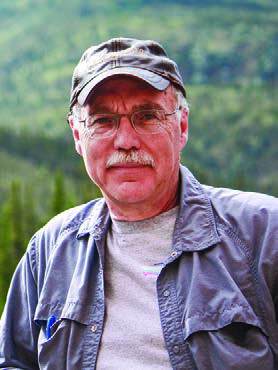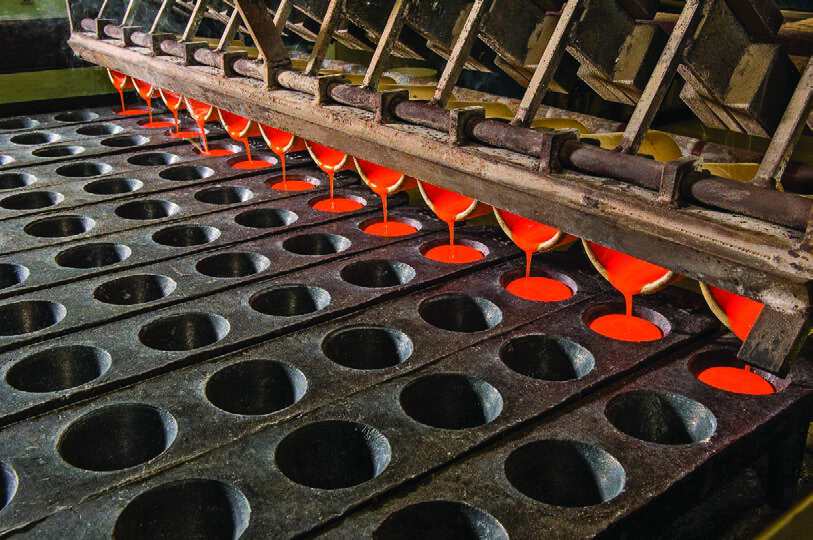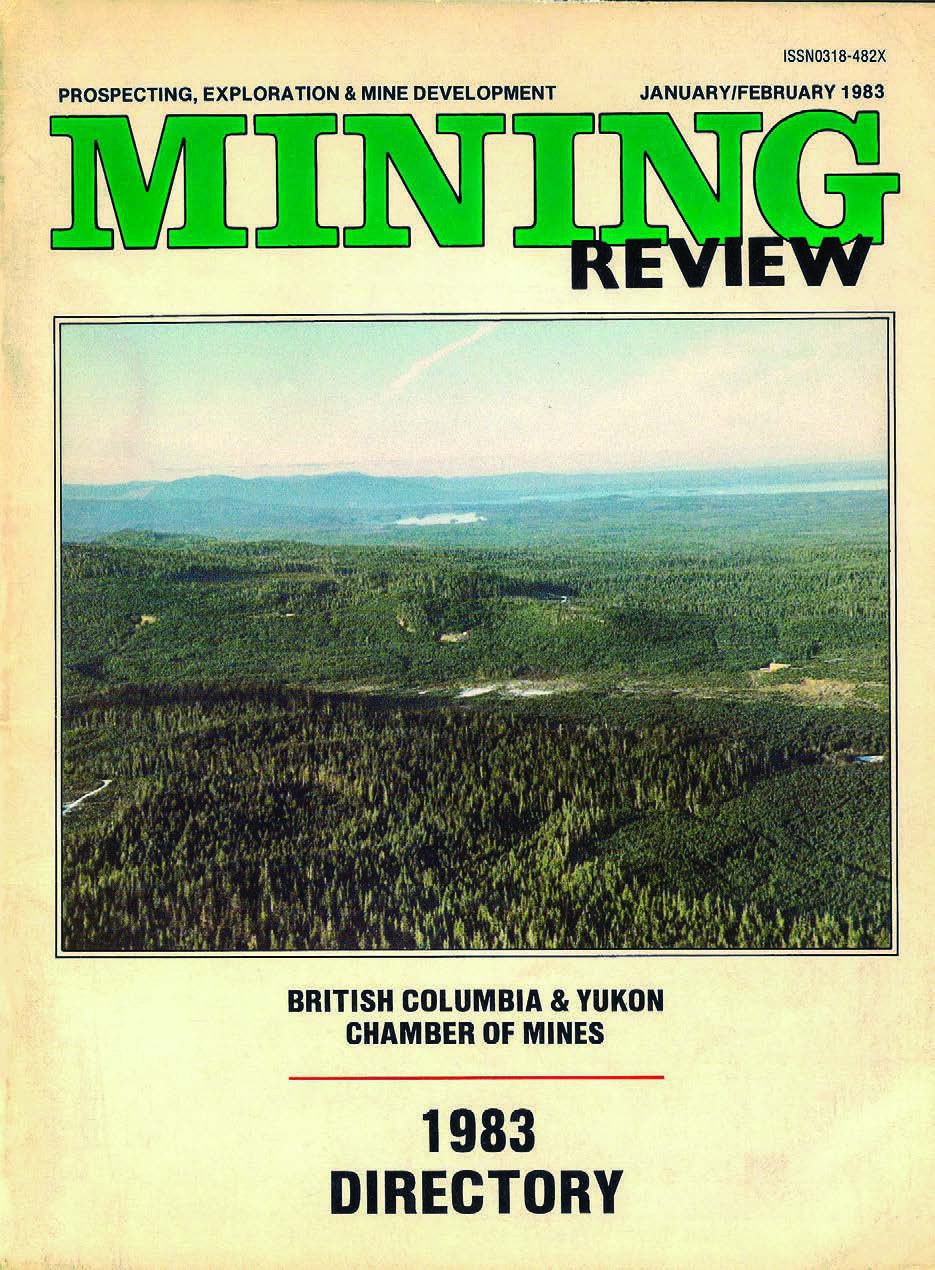
The Association for Mineral Exploration (AME) has grown over the years to almost 5,000 members. Of that total, 362 are corporate members. And all of AME’s corporate members are listed in the Association’s Directory and Buyers Guide, which has been published every year since 1968.
Many of the corporate members listed in the directory are relatively recent additions, a testament to the dynamism of the mineral exploration and development industries in B.C. and Western Canada. But some corporate members have been in the directory for as long, or almost as long, as the publication itself. During the time these venerable organizations have been active, they have seen many changes – in themselves, the mineral exploration and development industries, and AME.
Mineral Exploration recently talked to several of these companies and asked them what they thought has changed and what has stayed the same. (Apologies to the many fine companies we had to leave out of this informal survey, due to a lack of space in the magazine.).

Established in 1890, Boart Longyear provides productivity solutions for diamond coring exploration, reverse circulation, large diameter rotary, mine de-watering, production and sonic drilling. The company also manufactures, markets and services drill rigs, drill string products, down-hole instrumentation tools and parts. The drilling services division of Boart Longyear has customers that mine a wide range of commodities, including copper, gold, nickel, zinc and uranium.
During the time the company has been a corporate member of AME, the mineral exploration and development industry has changed considerably, says Jimmy Barrieau, environment, health and safety and training regional manager in the Calgary office of Boart Longyear Canada. “The industry has evolved from a prospector culture to a professional, high-stakes industry that demands the best,” says Barrieau. “The big players are working in most parts of Canada now, including some of the most remote areas.”
In addition, he says, the mineral exploration industry has become less dangerous, thanks to greater attention to safety.
Boart Longyear has been a corporate member of AME in one business incarnation or another for many years, says Barrieau. “Being a member entitles us to admission to AME’s many industry events, which gives us valuable face time with our clients,” he says. “It enables us to share best practices with them and compare key metrics.”
Klohn Crippen Berger (KCB) is an engineering, geoscience and environmental consulting firm. With headquarters in Vancouver and offices in Canada, Australia, Peru and Brazil, KCB provides services to the transportation, infrastructure, hydro power, mining and energy industries.
KCB has worked on more than 300 mining projects around the world, specializing in mine waste management and environmental stewardship. It has a long history in tailings storage facility design, with experience on hundreds of dams, some of which are over 200 metres high.
“The company specializes in pragmatic and quality engineering,” says Harvey McLeod, a principal of KCB and vicepresident of strategic marketing.

KCB has been in business for 67 years and in that time it has seen a lot of changes in the mineral exploration and development industry, some good and some not so good. On the plus side of Trans North Helicopters Ltd. has been providing helicopter charter services in Yukon and northwestern Canada since 1967, one year before the founding of AME’s member guide and service directory. From its headquarters in Whitehorse and six Yukon bases, Trans North offers its clients flexibility and economy. It’s involved in virtually every kind of helicopter application, including mining and mineral exploration. The company’s unofficial motto is “Where the roads end, we begin.”

“The company operates 13 helicopters and employs between 25 and 35 people, depending on the exploration season,” says Arden Meyer, Trans North’s Whitehorsebased general manager.
The company operates in Yukon, north-central B.C. and northern Alberta. “Most of our customers are in the mineral exploration industry,” says Meyer. “As a result, our fortunes depend on how successful the industry is.”
Meyer says the impact of the industry on the environment has been receiving much more attention than it used to. “There are many more regulations and requirements to consult with First Nations and local communities than there were 25 years ago,” he says.
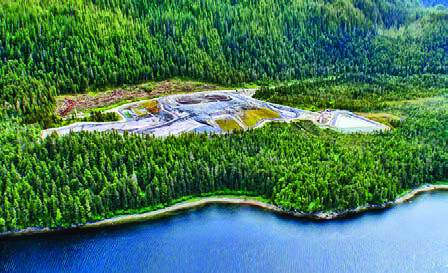
Meyer, who has been with Trans North for almost 50 years, says AME has been doing a good job of informing the exploration industry about best practices. “And Roundup is a great outreach event,” he adds. the ledger, companies are using better geoscience techniques for finding minerals, says McLeod. “There is better awareness today of the environment and the need to protect it,” he says. “But, at the same time, there are a lot of misperceptions around mineral exploration and mine development. And there is more regulatory risk aversion and challenges in working with Aboriginal and local communities.”
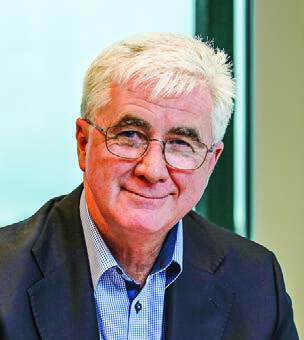
KCB has benefited from, and continues to benefit from, its corporate membership in AME, says McLeod. “We support AME because KCB does a lot of work in the mineral exploration industry,” he says. “It gives us contacts and enables us to keep in touch with the rest of the industry.”
McLeod says AME plays an important role in supporting mineral exploration and educating it in best practices. “And Roundup keeps going, which is great,” he says. “It enables us to engage with everybody else in the mineral exploration industry in B.C. and Western Canada.”
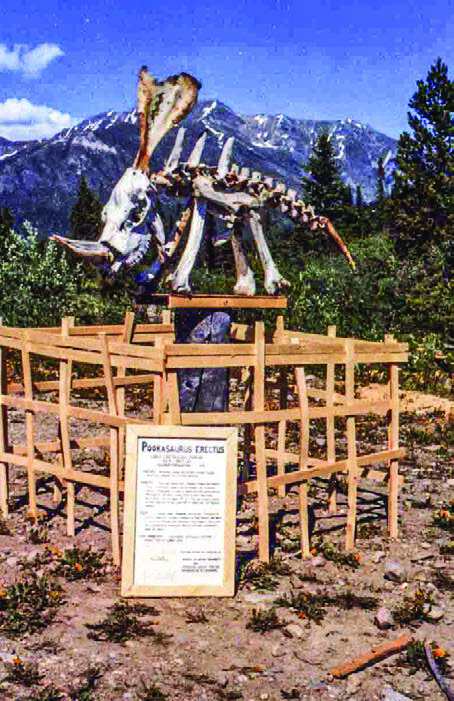
Archer, Cathro & Associates (1981) Limited are geological consultants in all aspects of mineral exploration. Founded in 1965, the company has offices in Vancouver (the head office), Squamish and Whitehorse. “The company focuses on Yukon, the Northwest Territories and northern B.C., where we have both huge databases and a great deal of personal knowledge of the regions,” says Doug Eaton, the company’s senior partner and director.
Archer, Cathro & Associates has succeeded because it has been able to recognize and adjust to the fundamental changes in the mineral exploration industry that have taken place over the years.
“Mineral exploration has evolved in a number of important ways,” says Eaton, who has been with the company since 1971. “There have been some major restructurings in the industry, and there are more large, international companies now.”
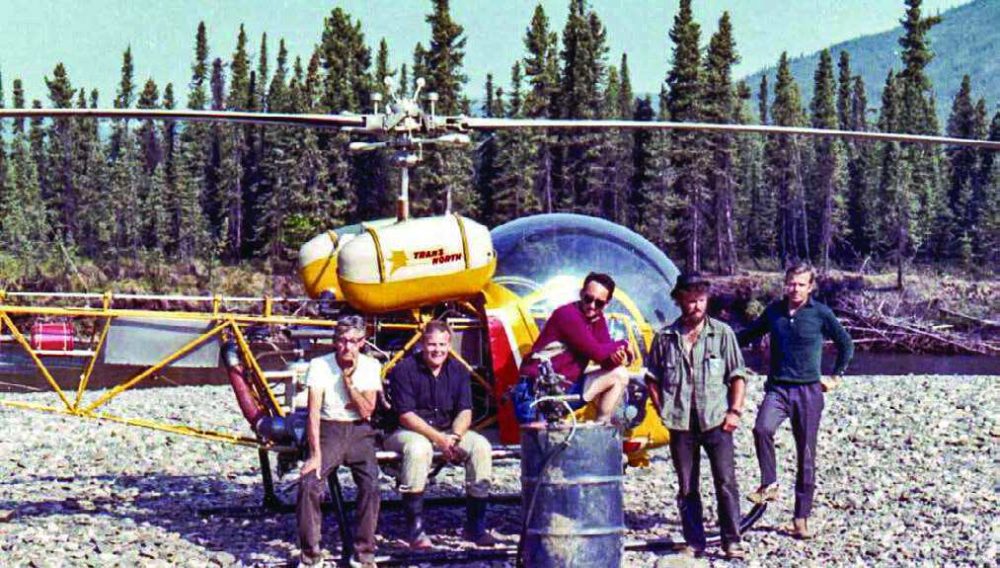
While the industry now has better tools at its disposal – better drilling technology and geochemistry, for example – the biggest changes have been social and environmental. “Today, mineral explorers and developers need to consult with First Nations and local communities,” says Eaton. “That wasn’t always the case in the past.”
AME is an important medium for the mineral exploration industry to make its voice heard, according to Eaton. “Individual companies have limited resources for lobbying and public outreach,” he says. “By pooling their resources, however, they can make their opinions known to government and to the general population.”

Team in the Barn Range, northwest Yukon, 1970 
Doug Eaton
AME’s Roundup makes an important contribution to mineral exploration in B.C. and the Yukon. “Bob Cathro, who was one of our company’s founders, was also one of the founders of Roundup,” says Eaton. “The mineral exploration industry is more fragmented than it used to be, and Roundup gives it the opportunity to get together once a year in Vancouver.”

Twelve-pot pour of fire assay fusions for gold analysis at ALS Vancouver 
Peter Canden
ALS Global Ltd. is, as its name suggests, a global service company that provides laboratory testing for all of the stages of a mining project’s life cycle. “Our customers range from individual prospectors up to and including the largest mining companies,” says Peter Canden, director of operations for minerals in Western Canada.
ALS Global has three labs in B.C. – North Vancouver, Terrace and Kamloops. The company has been involved in AME since the beginning of its existence, says Canden. “The Association is a great networking platform for us,” he says. “Membership in AME enables us to connect face-to-face with our peers in mineral exploration. That’s very important in our industry.”

Teck Resources Limited is a diversified global resource company with a focus on copper, steel-making coal, zinc and energy. In Canada, Teck owns or has interest in mines, a metallurgical complex and an oil sands mining and processing operation.
“Over the years, AME has been the voice of the exploration industry in our province through countless mining cycles,” says Alex Christopher, senior vicepresident, exploration, projects and technical services. “AME continues to create significant value for its members and the entire mining industry. It provides strong advocacy and provides resources and opportunities for companies to share ideas and collaborate on new technologies and to move our industry forward.”
Golder is an employee-owned, global organization that provides consulting, design and construction services. The company has clients in mining, oil and gas, manufacturing, power and infrastructure.

Founded in 1960, Golder has more than 6,500 employees, almost two thirds of whom are owners, in 165 offices around the world, nine of which are in B.C. “Out of a total of 500 Golder professionals dedicated to mining in Canada, 200 of them work in B.C.,” says Andy Haynes, vice-president, North America mining.
Haynes, who has been with Golder for 25 years, says the mineral industry has gone through several cycles of growth and retraction. “During that time, the industry has gradually evolved,” says Haynes. “For one thing, Vancouver has become a global centre of the mineral exploration industry. For another, there’s much more attention now to health and safety, environmental issues, local community expectations and relationships with Indigenous communities.”
With regard to AME, some things haven’t changed much, while others have evolved over the years. “AME still has Roundup, and the Association is still a hub for information sharing,” says Haynes. “But health and safety, Indigenous relations, and corporate social responsibility have all evolved, for the better, in response to changes in the industry.”


